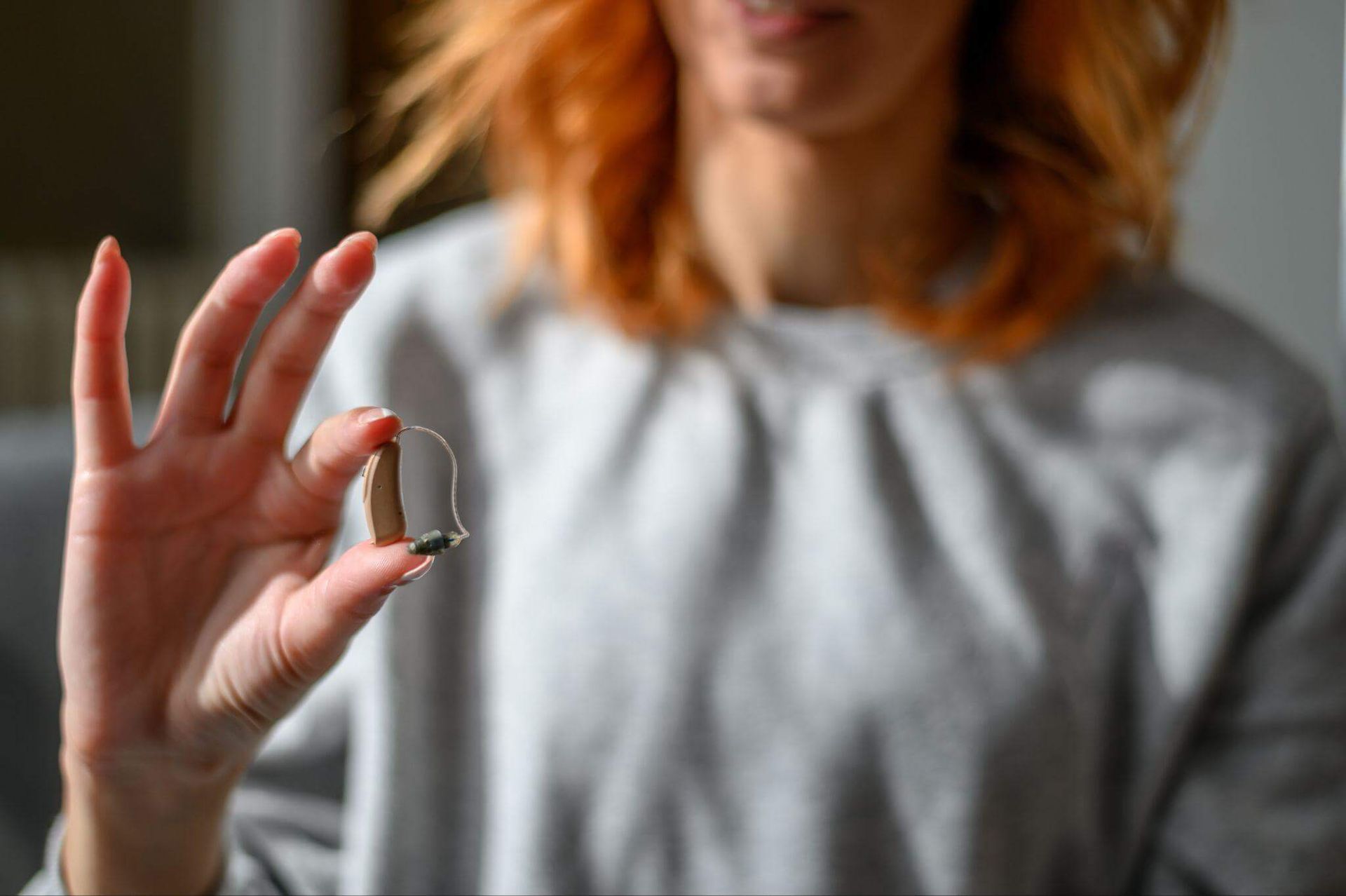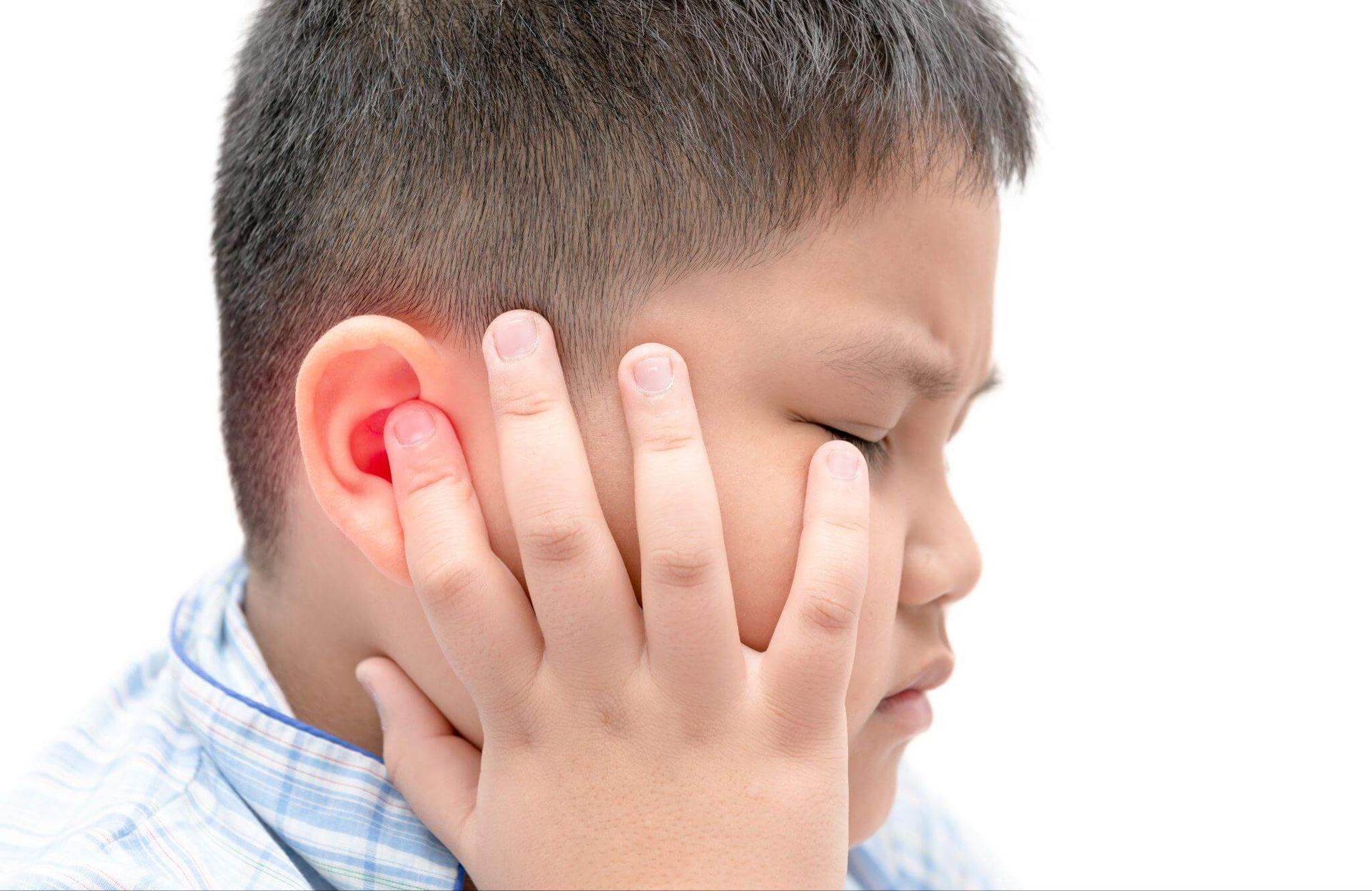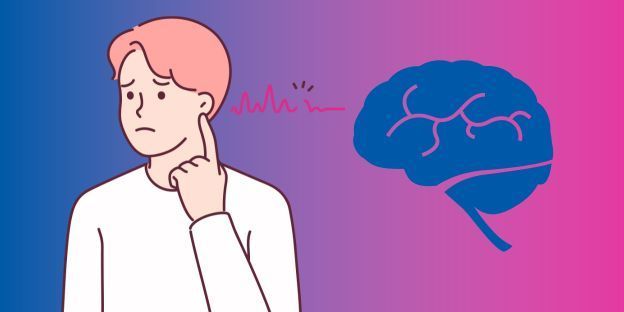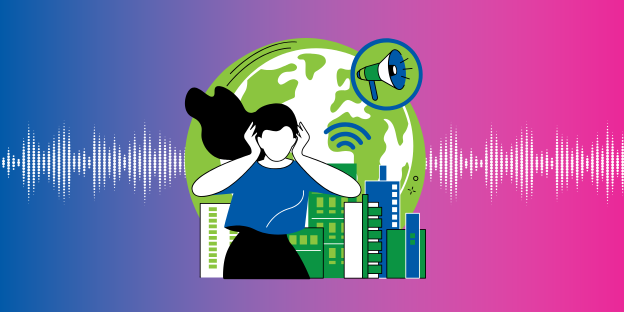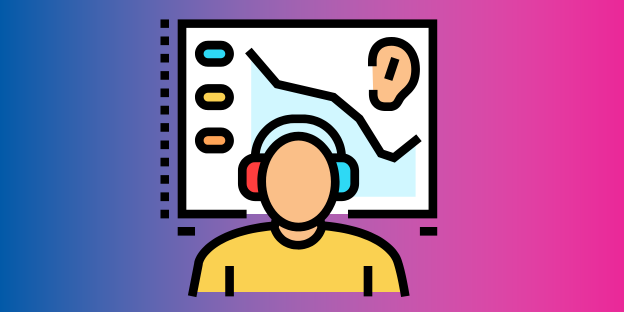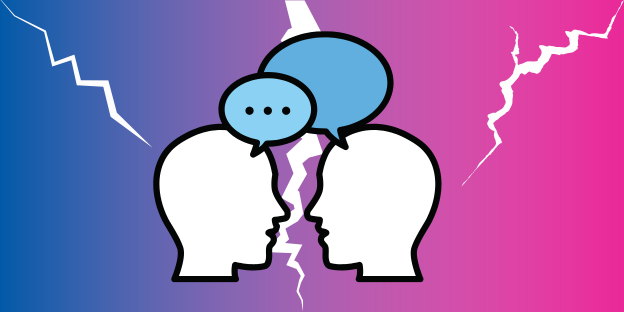Digital Earwax Tools Can Damage Hearing: What You Need to Know
Digital Earwax Tools Can Damage Hearing: What You Need to Know
Many Canadians are buying digital earwax removers. These include at-home vacuums, scoops with cameras, and electronic tips. The promise is quick relief from earwax buildup. The reality is risk. Incorrect use can push wax deeper, damage the ear canal and tympanic membrane (eardrum), or cause lasting hearing loss.
This guide explains the dangers of at-home tools, outlines safe alternatives, and shows when to consult a professional.
Why Earwax Matters
Earwax often gets treated as a problem, but it serves important functions for your ears. It protects against infection, reduces irritation, and helps the ear clean itself. Without earwax, your ears would be exposed to constant irritation from dirt, bacteria, and moisture.
Understanding its role is the first step in knowing when removal is necessary and when leaving it alone is safer.
● Protects the ear canal from bacteria and debris
● Traps dust and dirt before it reaches the eardrum
● Provides natural lubrication to prevent dryness
Removing too much earwax exposes the ear to infection. Problems only start when buildup blocks the canal.
The Rise of Digital Earwax Removers
New devices have entered the market with claims of safe, at-home earwax removal. These products are popular because they appear modern and precise, offering tools with lights, cameras, and suction tips. Many people see them as an alternative to professional cleaning.
The problem is that appearances are misleading. Even with a camera, it is difficult to judge depth and angle inside your own ear. A simple slip can cause permanent harm.
Popular versions include:
● Ear cameras with attached scoops
● Battery-powered vacuums
● Rotating plastic or silicone tips
These devices give the impression of safety, however a built-in light or camera does not prevent mistakes. The ear canal is narrow and delicate. One slip can scratch the ear canal or puncture the eardrum.
Risks of At-Home Tools and Cotton Swabs

Most people reach for a cotton swab or a new digital tool when their ears feel plugged. While it may seem logical to clear the blockage directly, these methods often create the opposite result. Instead of clearing wax, they push it further down.
This compaction makes symptoms worse and creates new risks. The thin skin lining the ear canal and eardrum is easily damaged and, once injured, infection spreads quickly.
Common complications include:
● Ear canal injury
● Eardrum perforation
● Infection from trapped bacteria
●
Hearing loss, temporary or permanent
Research shows up to 90 percent of people using cotton swabs compact wax instead of removing it. Digital devices add another layer of risk with suction and moving tips.
Symptoms of Earwax Buildup
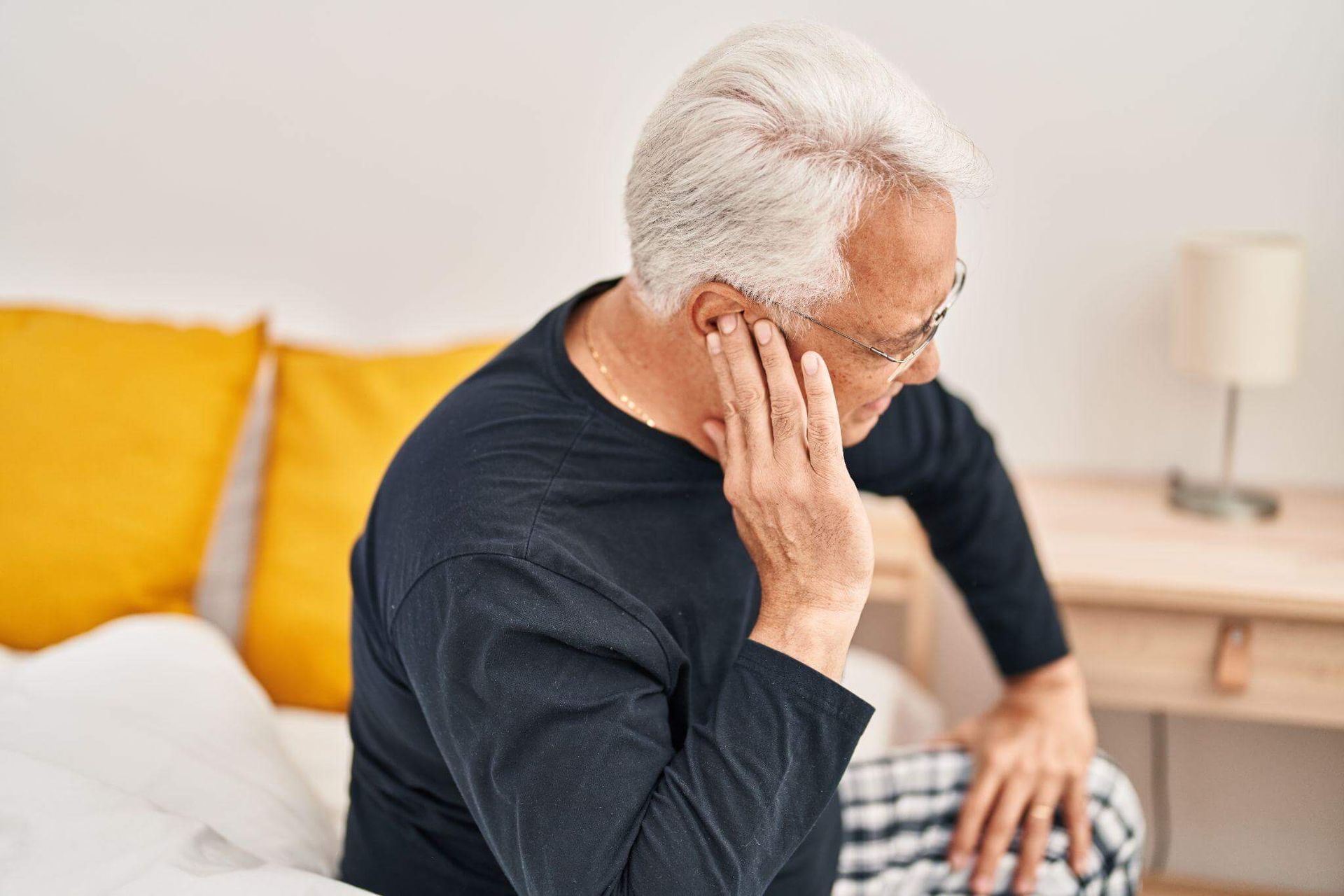
Most people produce small amounts of earwax without issue. Trouble begins when buildup blocks the ear canal and interferes with sound transmission. At first, it feels like fullness or pressure. Over time, hearing becomes muffled, and other symptoms appear.
Knowing the signs helps you decide when to stop home attempts and see a professional.
Watch for:
● Muffled or reduced hearing
● A plugged sensation in the ear
● Ringing or buzzing (tinnitus)
● Pain or itching
● Dizziness or imbalance
If you experience these signs, avoid more attempts at home. Additional removal efforts usually make the blockage worse.
Safe Earwax Removal Methods
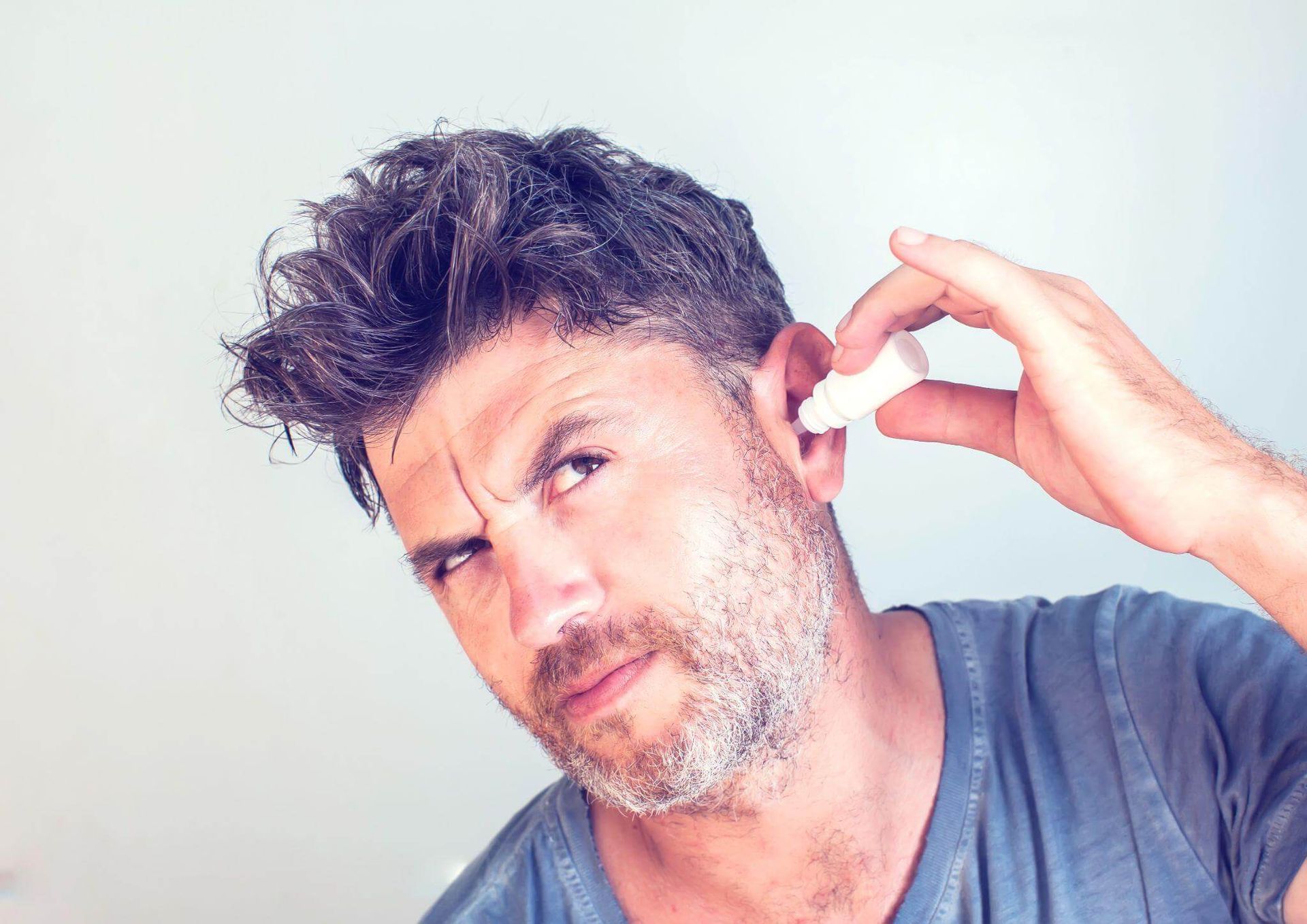
When symptoms develop, the focus should be on safe solutions. Earwax removal should protect the ear canal and restore hearing without causing trauma. There are two main approaches: gentle at-home options and professional removal by a trained Audiologist / Registered Hearing Aid Practitioner.
At-Home Options
● Over-the-counter ear drops soften cerumen and allow it to move out naturally
● Gentle irrigation products may help, but only when used as directed
Professional Earwax Removal
An Audiologist or Registered Hearing Aid Practitioner has the right tools and training. Methods include:
● Irrigation under controlled pressure
● Suction with specialized equipment
● Manual removal using a curette under direct vision
These approaches protect the eardrum and canal while fully clearing blockage.
When to See an Audiologist / Registered Hearing Aid Practitioner
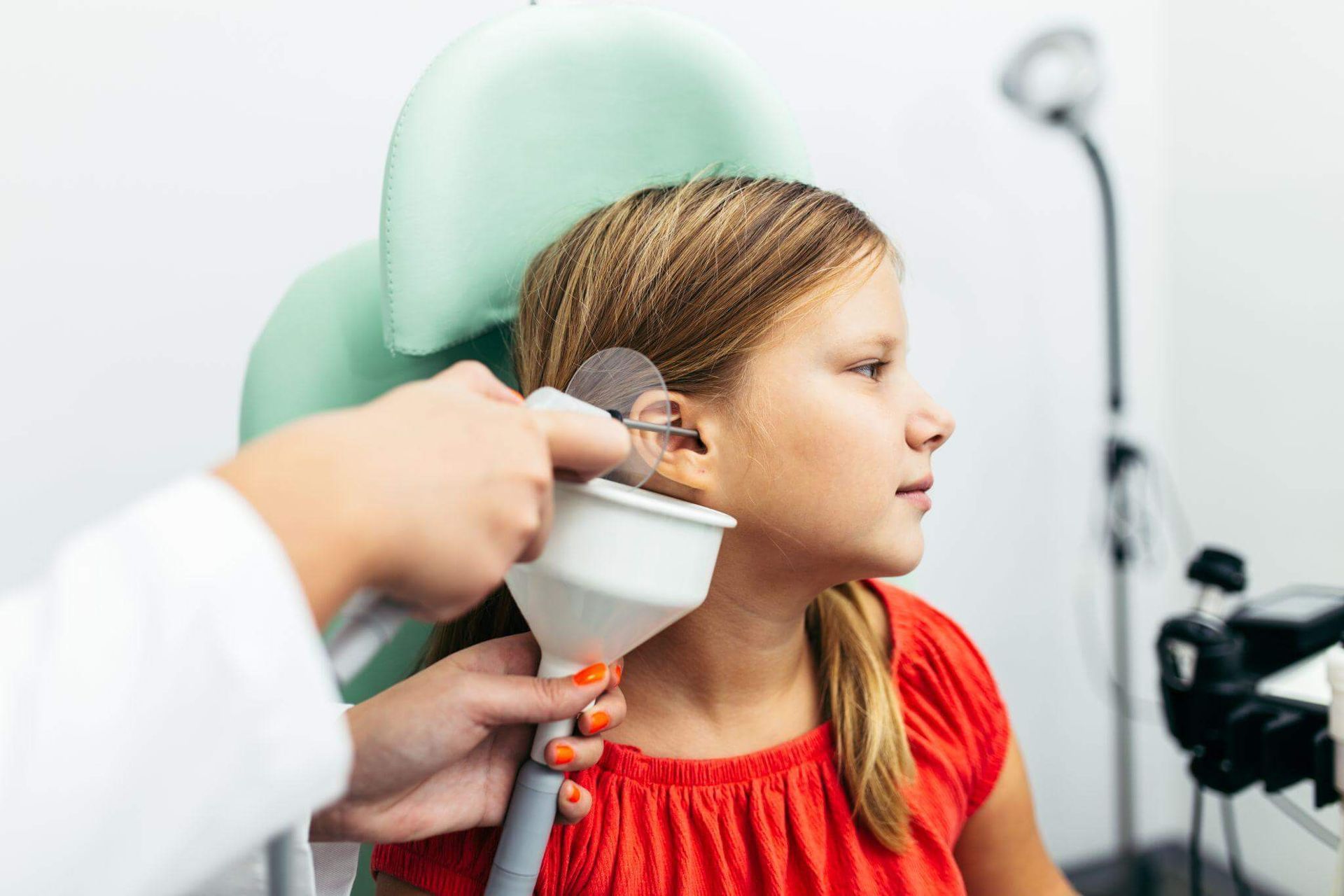
Not every case of earwax buildup needs professional care, but there are clear situations where expert help is the safest choice. If you wear hearing aids, have ear surgery history, or experience sudden hearing loss, an Audiologist or Registered Hearing Aid Practitioner visit should be a priority.
Professional removal not only clears wax but also ensures no other issues are hiding behind the blockage. An Audiologist / Registered Hearing Aid Practitioner can detect infections, perforations, or other ear conditions that at-home tools would miss.
Professional removal is the safest choice if you:
● Wear hearing aids
● Have a history of ear surgery
● Experience frequent ear infections
● Notice sudden hearing changes
Preventing Hearing Damage
Safe earwax care is part of protecting your hearing long-term. Avoiding risky methods prevents both immediate injury and gradual damage. Prevention also extends to your daily habits, such as noise exposure and hearing checkups.
Practical steps include:
● Do not insert cotton swabs or digital scoops into your ears
● Protect your ears from loud noise exposure
● Schedule routine checkups with an Audiologist or Registered Hearing Aid Practitioner
● Seek professional help if you notice changes in your hearing
Prevention is easier than repair. Protecting your hearing now reduces the risk of lasting damage later.
Experiencing Hearing Loss? – Book a Professional Consultation
If you’ve noticed changes in your hearing or other concerning symptoms, don’t put off seeking help. A professional hearing evaluation performed by a registered Audiologist or Hearing Aid Practitioner can help to keep your hearing protected.
If you’ve been experiencing issues with your hearing, book an appointment with Discover Hearing to determine the cause and extent of your hearing loss. Our hearing professionals can provide guidance and recommend solutions that will fit your individual needs and lifestyle.


